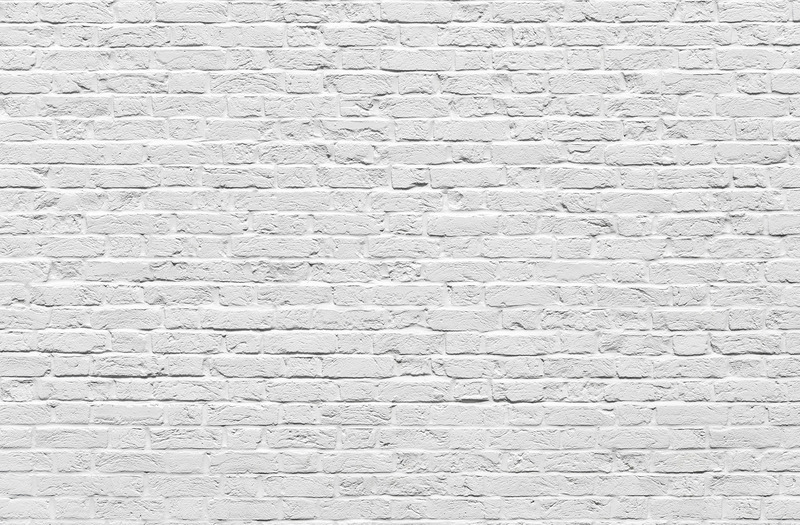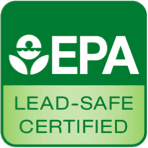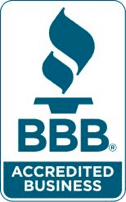Masonry walls present a unique challenge compared to smooth indoor surfaces when it comes to painting. The rough, porous nature of brick, stone, and concrete means they require paints that can adhere properly and withstand outdoor conditions without peeling or fading quickly. Getting the preparation and paint selection right from the start saves homeowners from having to redo the job within a few years. This guide covers what masonry paint is, the available types and finishes, how to choose the best masonry paint for the exterior of your home, and what to look for when making purchase decisions.
What is Masonry Paint?
Masonry paint is a thick, water-based coating specifically designed for exterior brick, stone, and concrete surfaces. Unlike regular house paint, this specialized coating bonds well to textured surfaces and won’t peel away during storms or extreme weather conditions. The coating creates a protective barrier that keeps moisture out while still allowing walls to breathe naturally. Along with this protection, masonry paint provides weathered buildings with a quick makeover by adding vibrant, long-lasting color that significantly enhances their curb appeal.
Types of Masonry Paint
Masonry paints use different binders, like acrylic or mineral materials, to create coatings that are suitable for various wall conditions and weather challenges.
Here are the main types of exterior masonry paint to consider:
Smooth Masonry Paint
Smooth masonry paint applies easily and creates a flat, even finish on your exterior walls. If you use this paint to cover bumpy surfaces, like pebbledash or rough render, you can get a clean, modern look. The smooth surface makes colors look brighter because it reflects light consistently, and cleaning the walls becomes much easier. Most people choose this type of paint for larger painting jobs because it provides better coverage.
Textured Masonry Paint
Textured masonry paint has a thick consistency with special materials mixed in that create a slightly rough finish while filling small cracks. This paint can flex as the walls shift due to temperature changes, preventing water from getting behind the paint. The bumpy surface may catch more dirt than smooth paint, so you’ll need to wash your walls more often.
Silicone Masonry Paint
Silicone masonry paint utilizes advanced ingredients that allow water to roll off your walls while allowing moisture to escape from within your house. The formula typically protects your home for 25 years or longer, making the higher price worthwhile. This paint works especially well in areas that receive a lot of rain or have harsh conditions.
Acrylic Masonry Paint
Acrylic masonry paint combines water-based ingredients with synthetic binders for reliable protection at affordable prices. These paints come in countless colors and can be applied simply using regular brushes and rollers. Most acrylic coatings last between 5 and 15 years, depending on local weather.
Elastomeric Masonry Paint
Elastomeric masonry paint creates thick, rubber-like coatings that can stretch without cracking or peeling off your walls. This paint fills small cracks automatically, creating a waterproof barrier. The stretchy material accommodates wall expansion and contraction due to temperature changes.
Mineral-Based Masonry Paint
Mineral-based masonry paint bonds chemically with masonry rather than just coating the surface. This creates a tough finish that resists fading and weather damage much more effectively than regular coatings. The paint becomes part of your wall’s structure while staying breathable.
Murfill Waterproofing Coating
Murfill waterproofing coating offers increased elasticity, allowing it to stretch without losing its adhesion or protective qualities. This premium coating allows your walls to breathe naturally while preventing all moisture from penetrating the paint. Excellent color retention keeps the finish vibrant, even under ultraviolet exposure.
Key Factors to Consider When Choosing Masonry Paint
Below are the main factors you need to consider when choosing masonry paint:
Surface Type
Your wall condition and surface type matter since damaged surfaces may need textured paint to hide cracks and imperfections. If your home is newer, you might prefer smooth masonry paint, while textured paint may be right for older, more rustic homes.
Durability and Weather Resistance
Your paint should handle rain, wind, sun, and temperature changes without cracking or fading quickly. High-quality paint flexes with heat and cold instead of cracking, like cheaper ones do. If you live somewhere with frequent storms or extreme weather, spending more on weather-resistant paint saves you money later.
Coverage and Opacity
Rough surfaces require more paint than smooth walls because they absorb more material during application. Higher-quality paint provides better coverage than cheaper options. Excellent opacity eliminates the need for extra primer or coats, which saves time and effort.
Drying and Curing Time
Most paint dries to the touch in 1-2 hours at 20°C temperatures. You need to wait 4-8 hours between coats of water-based paint and longer for oil-based types. Complete hardening can take up to two weeks.
Choosing the Right Masonry Paint Finish
The finish you choose affects both how your painted walls look and how long the paint lasts. Different sheen levels are suitable for different situations.
Matte Finish
Matte paint creates a non-reflective surface that hides wall imperfections well. This finish covers up cracks, rough spots, or uneven textures that might show with shinier options. The only downside is that matte surfaces attract dirt more easily, making cleaning challenging.
Satin Finish
A satin finishes provide a gentle glow that makes cleaning simple. This moderate shine level resists dirt buildup while still helping to disguise most surface flaws on your masonry. The protective qualities also mean your paint job will handle weather exposure better than completely flat finishes.
Gloss Finish
A gloss finish creates the shiniest surface and offers the strongest protection against wear and weather. These finishes resist moisture, dirt, and damage better than any other option. However, the high shine will reveal every bump, crack, or uneven spot on your wall, so gloss finish paint may not be suitable for older or weathered walls.
How to Choose the Right Color for Your Masonry
Once you’ve decided on the perfect masonry paint finish, selecting the right color is the next important step.
Architectural Style
Every home has its own personality based on its architectural design. Traditional homes may look better when they are painted with warm reds, soft creams, or muted browns that preserve their original charm. Meanwhile, contemporary buildings offer more freedom to experiment with bold grays, crisp whites, or even dramatic blacks that highlight their clean lines.
Neighborhood
Your home doesn’t exist in isolation, so the colors you choose should complement the buildings or landscape around it. Homes surrounded by trees and gardens benefit from earth tones like sage green or warm taupe that blend in naturally with green spaces. The colors of nearby houses also matter, since you want your home to fit into the neighborhood.
Light vs. Dark Colors
Light colors bounce sunlight away from your walls, which helps keep your home cooler when temperatures rise and can lower your energy bills. Dark colors do the opposite by soaking up heat, which might be helpful in colder areas but could make cooling costs higher in warm climates. Light colors also show dirt more easily than darker shades.
DIY vs. Hiring a Professional For Masonry Painting
Painting your house yourself offers huge cost savings and lets you work at your own pace, but the process requires thorough surface cleaning, repairs, and knowledge of specialized masonry paints. While professional painters bring expertise and proper equipment for lasting results, their services come with a much higher cost. Professional help makes sense for large houses, multi-story buildings, or when your busy schedule doesn’t allow for the prep work that quality masonry painting requires. For smaller projects, DIY painting can be rewarding, but larger surfaces benefit from professional techniques that ensure proper sealing and weather protection.
Application Tips for Masonry Paint
Follow these tips to get the best results from your masonry painting project:
Surface Preparation
Wash your walls thoroughly to remove dirt, mold, and any flaky material. After everything dries, look for any damaged spots and patch them up with the right filler. Most unpainted masonry needs primer, but if you’re painting over old paint that’s still holding up well, you can usually skip this step.
Base Tools to Use
Use brushes for detailed areas and pushing paint into brick gaps. When you need to cover bigger areas quickly, a roller will spread the paint evenly. Spray equipment can cover large spaces quickly, although it requires some skill to achieve smooth results, and you may still need to go over it with a roller afterward.
Ideal Weather Conditions for Painting
Choose days when the temperature stays between 50-80°F with low humidity levels and no rain expected. Surfaces that have been baking in hot sun cause your paint to dry way too fast and leave streaky marks, while chilly or humid weather stops the paint from adhering properly.
Drying Time
Even though your paint might not feel wet anymore after a few hours, it’s still not ready for another layer at that point. Give it at least 4-8 hours between coats so the first one can fully bond to the wall.
Final Thoughts
Masonry paint protects brick, stone, and concrete from water damage while giving your home a fresh, new look. Common problems like peeling, cracking, and color fading happen when homeowners use the wrong type of paint for their walls. If you want professional results that protect your investment, Boise Commercial & Residential Painting’s expert services include removing old paint, repairing damaged areas, and applying the correct masonry paint using proven techniques. Call us today for a free consultation and quote!











